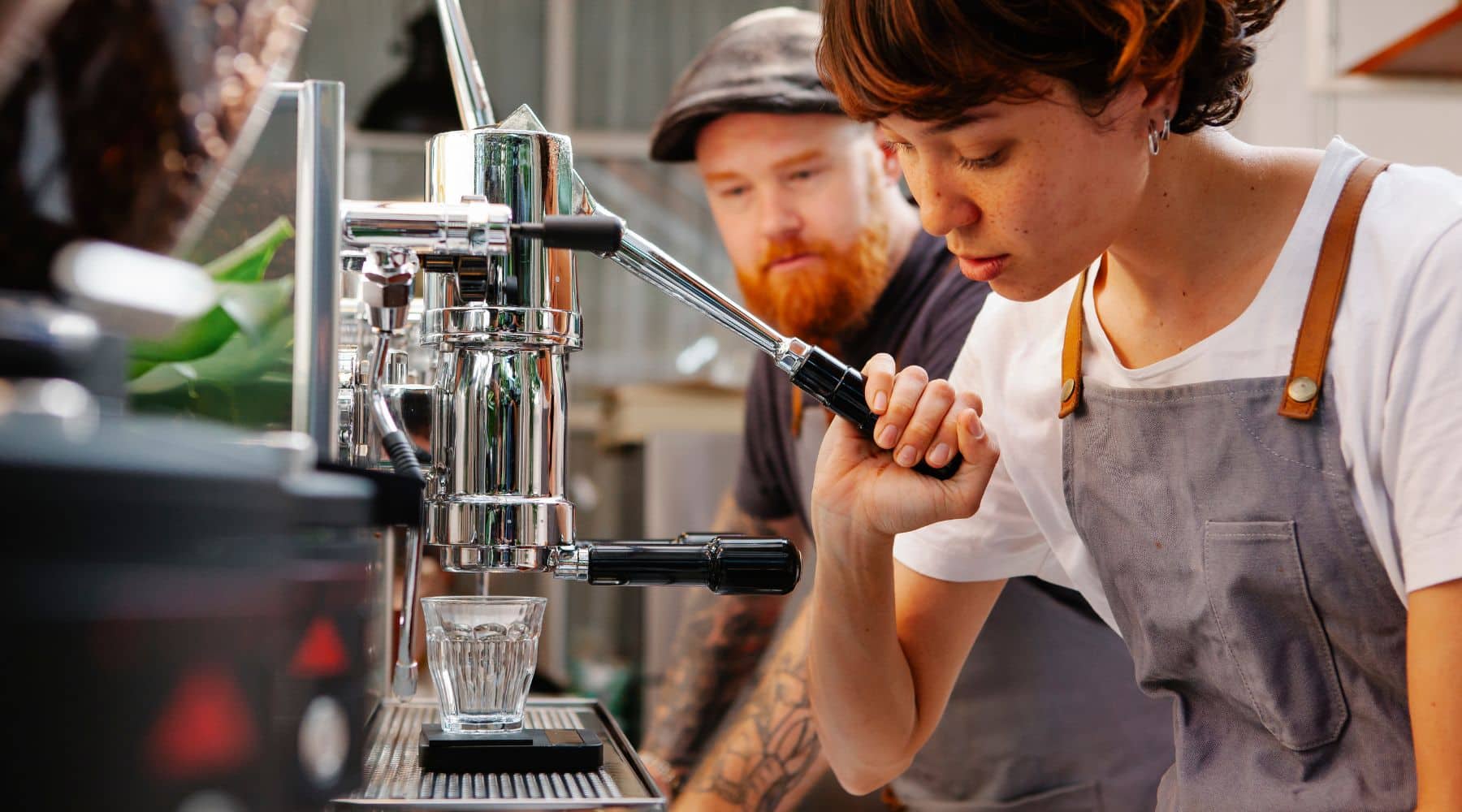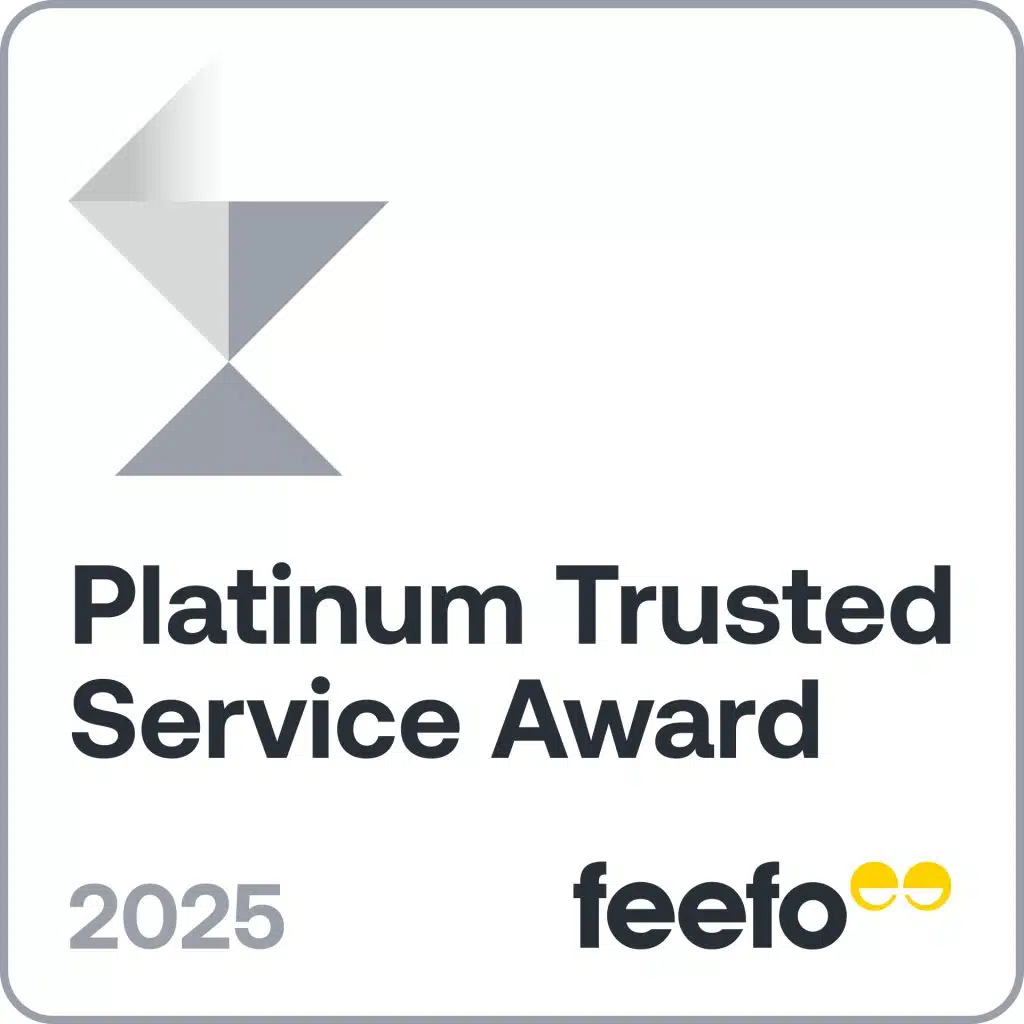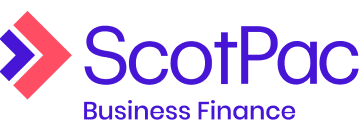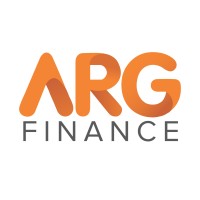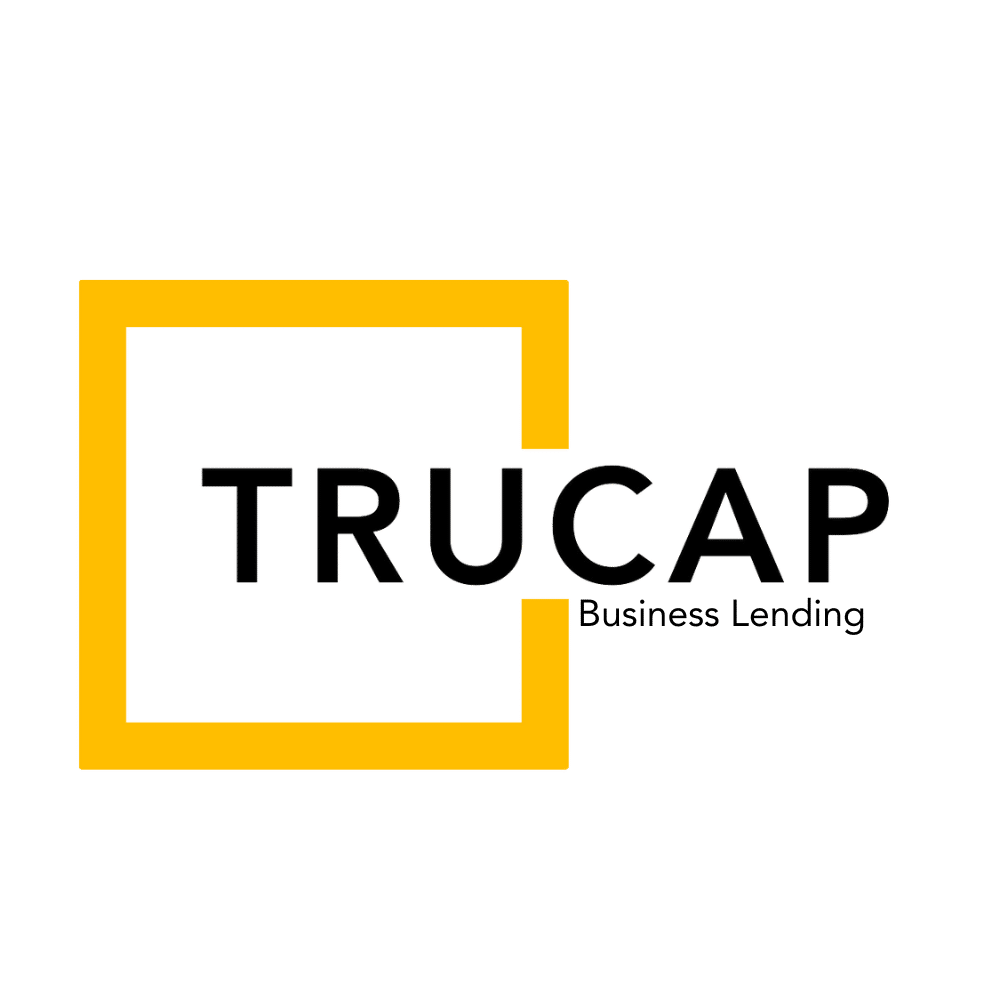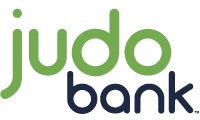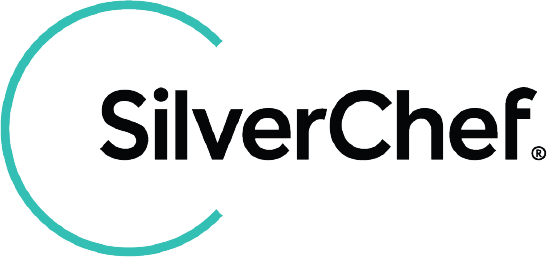Types of equipment finance
When financing equipment for your business through Savvy, you typically have two main options: a loan or a lease.
Equipment loan (chattel mortgage)
With a chattel mortgage, a lender provides the funds to purchase your equipment, with the asset used as collateral for the loan. You have immediate ownership and access to the equipment and you repay the loan over a set period, usually from one to seven years. Because the loan is secured, the lender may repossess the equipment if your business cannot meet its repayment obligations.
Equipment lease
Leasing allows you to use the equipment while spreading the cost over time, with options tailored to how you intend to use the asset:
- Finance lease: under a finance lease, the lender retains legal ownership of the equipment throughout the lease term – usually from one to five years – while your business leases it for a fixed period at a fixed monthly cost. You’re responsible for all maintenance and operating costs. At the end of the term, you may have the option to purchase the machinery for an additional amount, or you can return it.
- Operating lease: this is a shorter-term rental arrangement where you don’t take ownership of the equipment. Instead, you rent it for a set period, and the lender (or lessor) usually covers maintenance and servicing costs. Once the operating lease ends, you simply return the equipment with no further obligations.
This is how the different types of finance compare:
| Feature | Chattel mortgage | Finance lease | Operating lease |
|---|---|---|---|
| Ownership | You own the equipment from day one | Lender owns the equipment during term | Lender owns the equipment throughout |
| Deposit | Optional – not required but can reduce repayments | No | No |
| Repayments | Fixed loan repayments | Fixed lease payments | Fixed lease payments |
| Balloon/residual option | Optional balloon payment | Mandatory residual payment | No |
| Maintenance responsibility | Your business | Your business | Usually the lessor |
| Flexibility | Less flexible – difficult to upgrade | Can upgrade at end of term | Easy to upgrade or switch |
| Customisation | Equipment can be modified | Typically no modifications allowed | No modifications allowed |
| Tax treatment |
Interest and depreciation may be tax-deductible GST claimable upfront |
Lease payments may be tax-deductible GST claimable monthly |
Lease payments may be tax-deductible GST claimable monthly |
These figures are for illustrative purposes only. Actual costs will vary depending on your business profile, the equipment you choose and the terms of your agreement. To understand your actual costs, it’s best to get a tailored quote.
What kind of equipment can I finance?
You can finance a wide range of new or used equipment for your business, whether it’s for daily operations, upgrades or specialist work.
Primary equipment
Vehicles and machinery used for core business activities like transport, construction, agriculture and trade.
- Vehicles: cars, vans, utes, motorbikes, trucks, trailers, buses
- Yellow goods: bulldozers, cranes, excavators, tractors, harvesters and other agricultural equipment
Secondary equipment
Industry-specific equipment used in production, services and commercial environments.
- Industrial and manufacturing plant
- Medical and healthcare equipment
- Restaurant and food manufacturing equipment
- Printing machinery
- Trade tools
- Mezzanine finance
Tertiary equipment
Technology and infrastructure that support day-to-day operations.
- IT hardware and software
- Telephony and communications
- Office fit-outs, furniture and equipment
- Gym and fitness equipment
- Solar systems
- POS systems

Finance that fits your equipment
"Machinery and heavy equipment usually have longer lifespans, so lenders often offer longer finance terms. However, the best finance product depends on your business situation. Most of the time, a loan is suitable, but if you have a fleet of equipment or vehicles, a lease may be the better option."

Business equipment finance rates
As of September 2025, the lowest available equipment loan rates available through Savvy are:

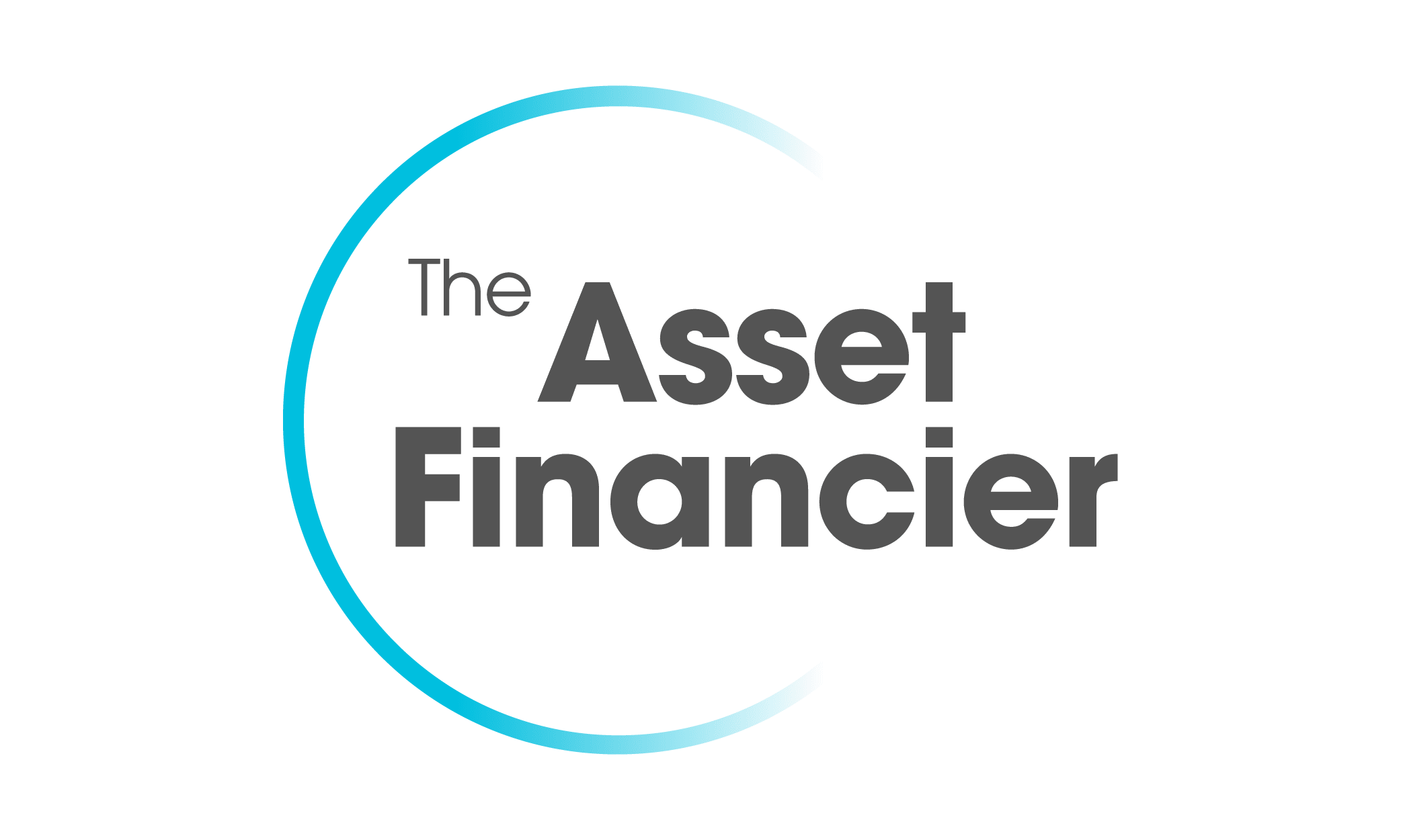




Equipment finance vs lease
Choosing between a loan and lease depends on your business’s priorities, cash flow and how long you plan to use the equipment. Here's a quick look at the pros and cons of both:
Equipment loan
Pros
- You own the equipment from the start
- You can modify or customise machinery
- Potential tax deductions on interest and depreciation
- You can sell asset if no longer needed
- You may add a balloon payment to lower monthly costs
Cons
- Higher upfront costs (may require a deposit)
- You're responsible for all equipment maintenance and repairs
- Less flexibility if equipment becomes outdated
- Harder to upgrade or swap mid-term
Equipment lease
Pros
- Lower upfront costs
- Easy to upgrade or replace during or at end of lease
- Lease payments are typically tax-deductible
- Lessor may cover maintenance and servicing (operating leases)
- Flexible for short-term or fast-depreciating assets
Cons
- You don’t own the asset
- Modifications usually not allowed
- You may have to pay residual value to purchase at the end of the term (finance leases)
- You may still owe payments even if the equipment is no longer needed
Ultimately, the best choice between an equipment loan and lease comes down to how you use the asset and what matters most to your business. If you’re investing in long-lasting machinery that holds value and is central to your operations, a loan may be the better fit, allowing you to build equity and have full control over the equipment.
On the other hand, if you need flexibility or work in an industry where technology changes quickly, a lease can make more sense. Leasing is also useful for businesses that need short-term access to specialised equipment without committing to long-term ownership.
For example, a construction company buying an excavator they plan to use for years might benefit from a loan, while a medical practice upgrading diagnostic equipment every few years could find a lease more cost-effective.
Why apply for a business loan with Savvy?
Expert brokers
You can speak with one of our specialist commercial brokers who can walk you through a range of loans to best suit your company's needs.
Over 40 lending partners
You can compare business loan offers, through a range of trusted lenders, maximising your chances of a great rate.
Fast online process
You can fill out our simple online form to generate a free business finance quote within minutes. You can also come back to it at any time.
What influences the cost of equipment finance?
When taking out equipment finance, the interest rate is usually the biggest factor affecting how much you’ll pay. As of August 2025, the lowest rate available through Savvy for an equipment loan is 6.59%, but the rate you’ll actually get depends on a number of factors:
-
Equipment type and machinery condition
The type, value and age of your equipment all play a role in your finance deal. Newer equipment often attracts lower interest rates, as it depreciates more slowly and has a higher resale value, which reduces the lender’s risk.
Furthermore, some items will depreciate a lot faster than others. Primary and secondary equipment usually attract the lowest rates due to stronger resale value and longer lifespan. Tertiary and specialised equipment, meanwhile, often carry higher rates because of shorter lifespans, limited resale potential or niche use, all of which increase lender risk.
For example, computer equipment generally needs replacing every few years while some heavy-duty manufacturing and construction equipment can last for decades, which can impact the rate you’re offered.
-
Business finances
Your business’s financial position plays a key role in determining the cost of finance. Lenders will assess factors such as turnover, profit, liabilities and years in operation. The length of time your ABN has been active and your annual revenue may also be used to gauge stability and repayment capacity.
Well-established businesses with strong cash flow and low debt levels are considered lower risk, and may qualify for better rates and terms. Your business credit score, as well as the creditworthiness of directors or guarantors, can also affect loan approval and pricing.
-
Personal profile
For small or newer businesses, lenders may consider your personal credit history and financial situation. Much like personal loans, a strong personal credit profile can help secure a lower interest rate or improve approval chances.
You’ll also need to factor in additional costs beyond the interest rate. Equipment finance often comes with fees, such as establishment fees to cover administrative costs, early termination fees if you end the loan or lease early, and valuation fees if the equipment needs assessing. The exact fees vary depending on the lender and terms.
You may also have the option to include a balloon or residual payment with finance leases or chattel mortgages. This reduces your monthly repayments but leaves a larger lump sum at the end of the term. While this structure can make repayments more manageable, it’s important to plan ahead for the final payment if you want to own your equipment outright.
How much will my equipment finance cost?
The cost of equipment finance can vary significantly depending on the type of finance you choose and the asset you’re buying. There’s no typical figure that applies across the board because equipment types, prices and rates differ so much – but to give you an idea, here are some example scenarios showing hypothetical costs for a used Bobcat, new computer equipment and a heavy-duty crane across different finance options:
| Chattel mortgage | Finance lease | Operating lease | |
|---|---|---|---|
| Equipment | Bobcat skid-steer (used) | 50 MacBooks + 50 Dell monitors (new) | Tadano crane |
| Equipment cost | $50,000 | $125,000 | $500,000 |
| Loan/lease term | 5 years | 5 years | 5 years |
| Interest/lease rate | 12.5% p.a. | 8% p.a. | Bundled monthly rate |
| Balloon/residual | – | $35,162.50 (28.13%) | – |
| Monthly payment | $1,023 | $1,822 | $8,750 |
| Total cost | $61,359 | $144,498 | $525,000 |
| Ownership | Yes | Optional (after residual) | No |
When thinking about equipment finance, it’s important to look beyond just the repayments and focus on the return on investment (ROI) – the value your equipment delivers compared to what it costs to finance, operate and maintain. For instance, buying a Bobcat that you use regularly can save you money on short-term hire and allow you to complete more jobs, boosting your income. But if it sits idle most of the time, you’re paying off a depreciating asset instead of generating returns, turning it into an ongoing cost.
How much should my business borrow for equipment?
How much your business should borrow for equipment finance isn’t always clear-cut. The most important factor is your business revenue and your balance sheet. The industry you’re in also plays a part. For example, an earthworks company needing heavy machinery will usually require a far larger loan than a small hospitality business, such as a café.
Our data shows that businesses with an annual turnover above $2 million tend to take out the largest equipment loans.
| Applicant annual revenue | Average amount financed |
|---|---|
| Less than $200,000 | $30,097 |
| $200,000 – $500,000 | $26,780 |
| $500,000 – $1,000,000 | $44,021 |
| $1,000,000 – $2,000,000 | $71,787 |
| $2,000,000+ | $104,736 |
| Source: Savvy, 2024/25 financial year | |
We also see that the longer a business has been active, the more they tend to finance – with the exception of first-year businesses, which often borrow more than those in their second year of trading. This likely reflects setup costs and the upfront investment needed to get established, combined with limited cash reserves and the drive to expand quickly. Beyond that stage, borrowing generally increases in step with growth and stronger revenues.
Business loan calculator
Crunch the numbers to see what your repayments could look like
Your estimated repayments
$98.62
| Total interest paid: | Total amount to pay: |
| $1233.43 | $5,143.99 |
How to apply for equipment finance
-
Complete our online form
Provide key business and personal details and your desired loan amount.
-
Upload your documents
Submit the required paperwork through our secure portal.
-
We'll review your profile
Your broker will compare loans and lenders to find the best solution for your needs.
-
Finalise your application
We’ll help you complete the application and submit it to the lender.
-
Sign and access funds
Sign the agreement and receive funding for your equipment.
Can I claim part of my equipment finance deal as a tax deduction?
Yes – on a chattel mortgage, interest may be tax-deductible as a business expense. If your business is registered for GST, you may also be able to claim a GST credit on the initial purchase on your BAS. With a finance lease, GST paid on lease payments can also be claimed as an input credit, reducing your GST liabilities.
It's important to note that you can only claim the business portion of your asset's usage. For example, if you bought a ute and used it for business purposes 70% of the time, you could only claim up to 70% of eligible expenses.
If your equipment is under $20,000 and you own rather than lease it, you may also be able to deduct the full cost of the asset through the instant asset write-off. This is an alternative to claiming gradual depreciation on business assets, freeing up more cash upon receiving your tax refund. The scheme was set to expire after the 2024-25 financial year, but the Australian Government has extended it into 2025-26.
Additional tax deductions may apply depending on your situation, so consulting with a tax professional can help you maximise potential savings.

Make the most of the instant asset write-off
"While the $20,000 instant asset write-off won’t cover larger equipment, it can still be useful for smaller business assets and accessories. Items like excavator buckets, ute toolboxes, small trailers or specialised attachments can qualify, helping you reduce your taxable income while upgrading essential equipment."

Equipment spending in Australia
In the past ten years, Australian spending on business equipment and machinery has grown steadily, reaching over $20 billion per quarter by mid-2025 according to ABS data – roughly a 25% increase over the decade.
The most recent figures show that investment in equipment and machinery has been strongest in retail, information and media, and administrative services, while construction and other services have lagged, reflecting more challenging conditions in those sectors.
- Private New Capital Expenditure and Expected Expenditure, Australia - Australian Bureau of Statistics
- Instant asset write-off for eligible businesses - Australian Taxation Office
- Using your business money and assets for private purposes - Australian Taxation Office


